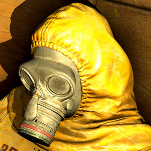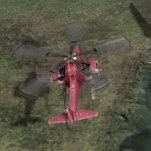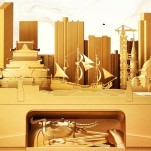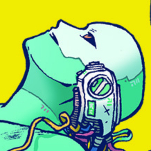Deduction Board GameArcheologic Is Too Shallow to Succeed
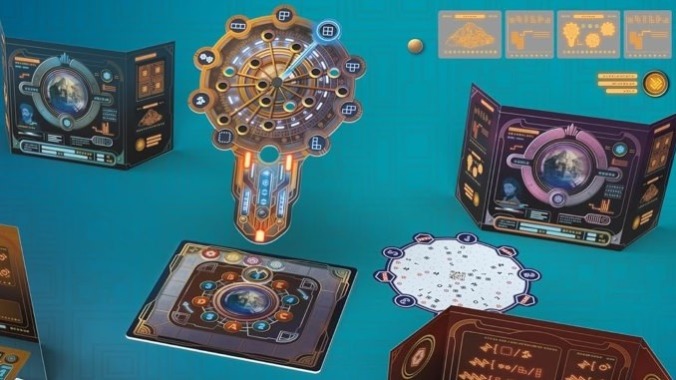
Deduction games have a long history on the tabletop, going back to 1949’s Clue and even earlier to some mystery games co-designed by novelist Dennis Wheatley in the 1930s, but the pandemic seems to have generated a new burst of interest in the genre—which makes sense as these are games you can easily play solo and in many cases remotely. The success of 2020’s The Search for Planet X, my #1 new game of that year, also may have helped spur this new wave of deduction games.
Archeologic is a new title in that space that combines deduction with polyomino tiles, two great tastes that should taste great together. From the designer of another acclaimed deduction game, Turing Machine, Archeologic asks players to gather clues to figure out how six polyomino tiles line up on a 5×5 board, but the clues you gather vary in cost and in usefulness. It’s a good concept, but the execution isn’t there, as the mysteries are a little too easy to solve and one of the game’s most important components is too flimsy for how much it’ll be used.
Players in Archeologic compete to be the first to solve the map of a recently-uncovered city. The city has a 5×5 grid and there are six buildings, each with a unique shape covering three or four squares, and each with at least one ‘trap’ space on it. At the start of a game, players learn the locations of anywhere from three to five traps on the map (out of eight total), but not any buildings. They then take turns looking up clues based on the turn marker’s current location, which indicates a row or column on your map.

-

-

-

-

-

-

-

-

-

-

-

-

-

-

-

-

-

-

-

-

-

-

-

-

-

-

-

-

-

-

-

-

-

-

-

-

-

-

-

-
































